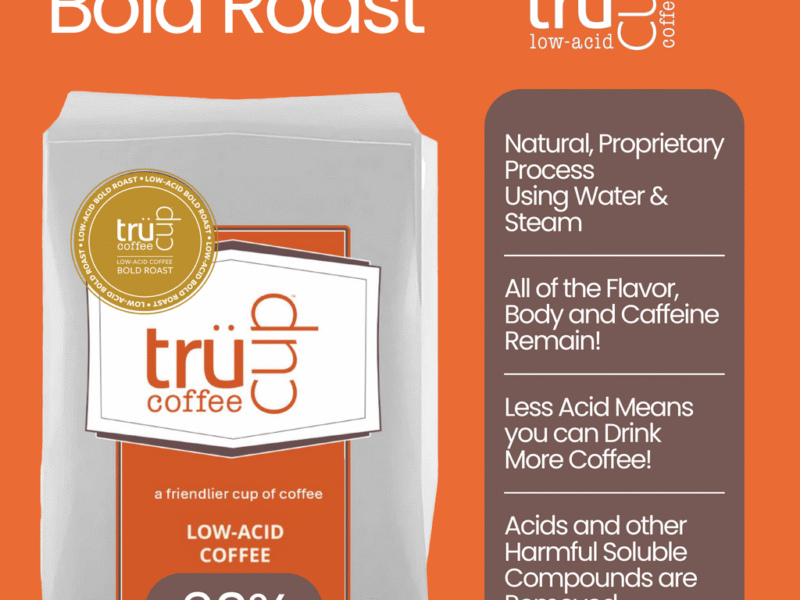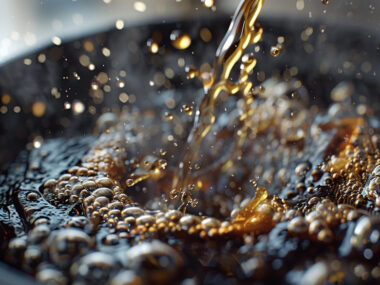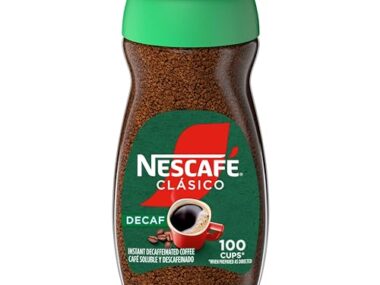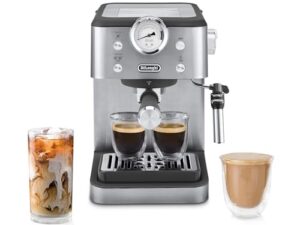Are you tired of feeling that uncomfortable burn or upset stomach after your morning cup of coffee? You’re not alone.
Many people struggle with acidity from their daily brew, but the good news is that not all coffee is created equal when it comes to acid levels. If you want to enjoy your coffee without the harsh side effects, it’s important to know which types are gentler on your stomach.
Keep reading to discover the best low-acid coffee options that let you savor every sip without the discomfort. Your perfect cup is closer than you think!
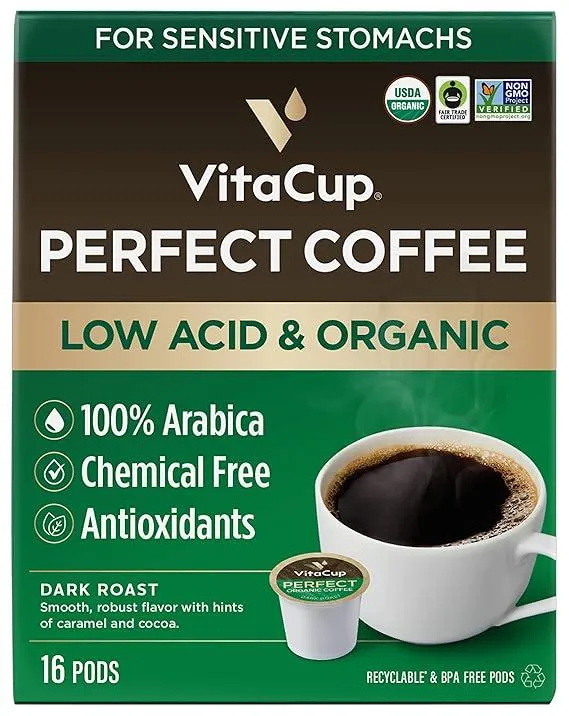
Credit: www.thegerdchef.com
Factors Affecting Coffee Acidity
Acidity in coffee affects its taste and how your stomach feels after drinking it. Many factors change how acidic coffee can be. These include the type of beans, how the beans are roasted, and the way you brew your coffee. Understanding these factors helps you find coffee that suits your taste and comfort.
Bean Origin And Acidity Levels
Coffee beans from different regions have different acid levels. Beans from East Africa often taste bright and fruity with high acidity. Beans from Brazil or Sumatra usually have lower acidity and a smoother flavor. Soil, climate, and altitude all affect the bean’s natural acid content. Choosing beans from low-acid regions can reduce coffee acidity.
Roast Profiles And Acid Content
Roasting changes the acidity of coffee beans. Light roasts keep more natural acids, making the coffee taste sharp and tangy. Dark roasts break down acids, creating a mellow and less acidic cup. Medium roasts balance acidity and flavor. For less acidic coffee, darker roasts are a good option.
Brewing Methods Impacting Acidity
How you brew coffee affects its acidity too. Cold brew extracts fewer acids, resulting in a smooth, low-acid coffee. Espresso brewing uses high pressure and short time, which can increase acidity. Drip coffee can vary depending on water temperature and grind size. Lower water temperatures and coarser grinds can reduce acid extraction.
Low-acidity Coffee Varieties
Coffee acidity affects taste and stomach comfort. Low-acidity coffee varieties offer a smoother, milder flavor. These options suit people sensitive to acid or those who want gentle coffee. Understanding different types helps pick the right cup.
Arabica Vs Robusta Acidity
Arabica beans usually have lower acidity than Robusta. Arabica grows at higher altitudes, which reduces acid levels. Robusta beans are stronger and more bitter, with higher acid content. Many prefer Arabica for its soft, mild taste. Robusta is often used in blends for bold flavor.
Specialty Low-acid Coffee Beans
Some beans naturally have less acid. Brazilian and Sumatran beans often rank low in acidity. Darker roasts also reduce acidity by breaking down acids during roasting. Specialty brands sell low-acid beans made for sensitive stomachs. These beans keep rich flavor without sharpness.
Decaf Options With Reduced Acidity
Decaffeinated coffee can be less acidic. The decaf process removes caffeine and some acids. Swiss Water Process decaf is popular for smooth taste. It keeps flavor but lowers acid content. Decaf helps enjoy coffee with less risk of acid discomfort.
Roasting Techniques For Smooth Flavor
Roasting techniques greatly affect coffee’s acidity and flavor. Different methods can lower acid levels while enhancing smoothness. Understanding these techniques helps in choosing coffee that suits sensitive stomachs and gentle taste buds.
Dark Roasts And Acid Reduction
Dark roasting involves heating beans longer and at higher temperatures. This process breaks down acids, reducing sharpness in the coffee. Dark roasts tend to have a bold, rich flavor with less acidity. Many people who avoid acid find dark roasts easier on the stomach.
Cold Roasting Effects
Cold roasting uses lower heat over a longer time. This method preserves delicate flavors while softening acidity. The slow process creates a smooth, mild coffee taste. Cold-roasted beans often have balanced acidity and a clean finish.
Artisan Roasting Approaches
Artisan roasters focus on small batches and precise control. They adjust time and temperature to reduce unwanted acids. This careful approach brings out natural sweetness and smoothness. Artisan roasting aims for a well-rounded coffee with less bite.
Brewing Tips For Less Acidic Coffee
Brewing coffee with less acid improves taste and reduces stomach discomfort. Small changes in brewing can lower acidity significantly. Focus on brewing methods, water temperature, and grind size. These factors change how much acid ends up in your cup. Let’s explore simple tips for brewing less acidic coffee.
Cold Brew Benefits
Cold brew coffee uses cold water over a long time. This method extracts fewer acids from coffee beans. The result is smoother, less bitter coffee. Cold brew is gentle on the stomach. It also has a naturally sweet taste. Try cold brew to enjoy low-acid coffee easily.
Water Temperature And Extraction
Hot water pulls more acid from coffee grounds. Using water just below boiling helps reduce acidity. Aim for 195-205°F (90-96°C) water temperature. Too hot water increases bitter flavors and acid levels. Cooler water extracts more sweetness and less acid. Control temperature for a smoother cup.
Grind Size And Brew Time
Coarser grinds slow the extraction process. This means less acid ends up in the coffee. Fine grinds extract faster but increase acidity. Adjust grind size depending on brewing method. Shorter brew times also reduce acid in coffee. Match grind size and time to find your low-acid balance.
Health Benefits Of Low-acid Coffee
Low-acid coffee offers several health benefits, especially for those sensitive to acidity. It can provide a gentler experience for the stomach and digestive system. Choosing low-acid coffee helps reduce irritation and discomfort caused by regular coffee.
Reducing Stomach Discomfort
Low-acid coffee is easier on the stomach lining. It lowers the chance of stomach pain or upset. People who suffer from gastritis or ulcers may find relief. Drinking low-acid coffee can reduce nausea and bloating.
Impact On Acid Reflux
Acid reflux occurs when stomach acid flows back into the esophagus. Low-acid coffee can lessen this effect. It causes fewer heartburn episodes. This coffee type helps maintain a more comfortable digestive balance. Those with acid reflux can enjoy coffee without added discomfort.
Suitability For Sensitive Drinkers
People sensitive to acidity often avoid coffee. Low-acid coffee suits their needs well. It offers a smoother taste with less sharpness. Sensitive drinkers can enjoy coffee without upset stomach or irritation. This option broadens the range of coffee lovers.
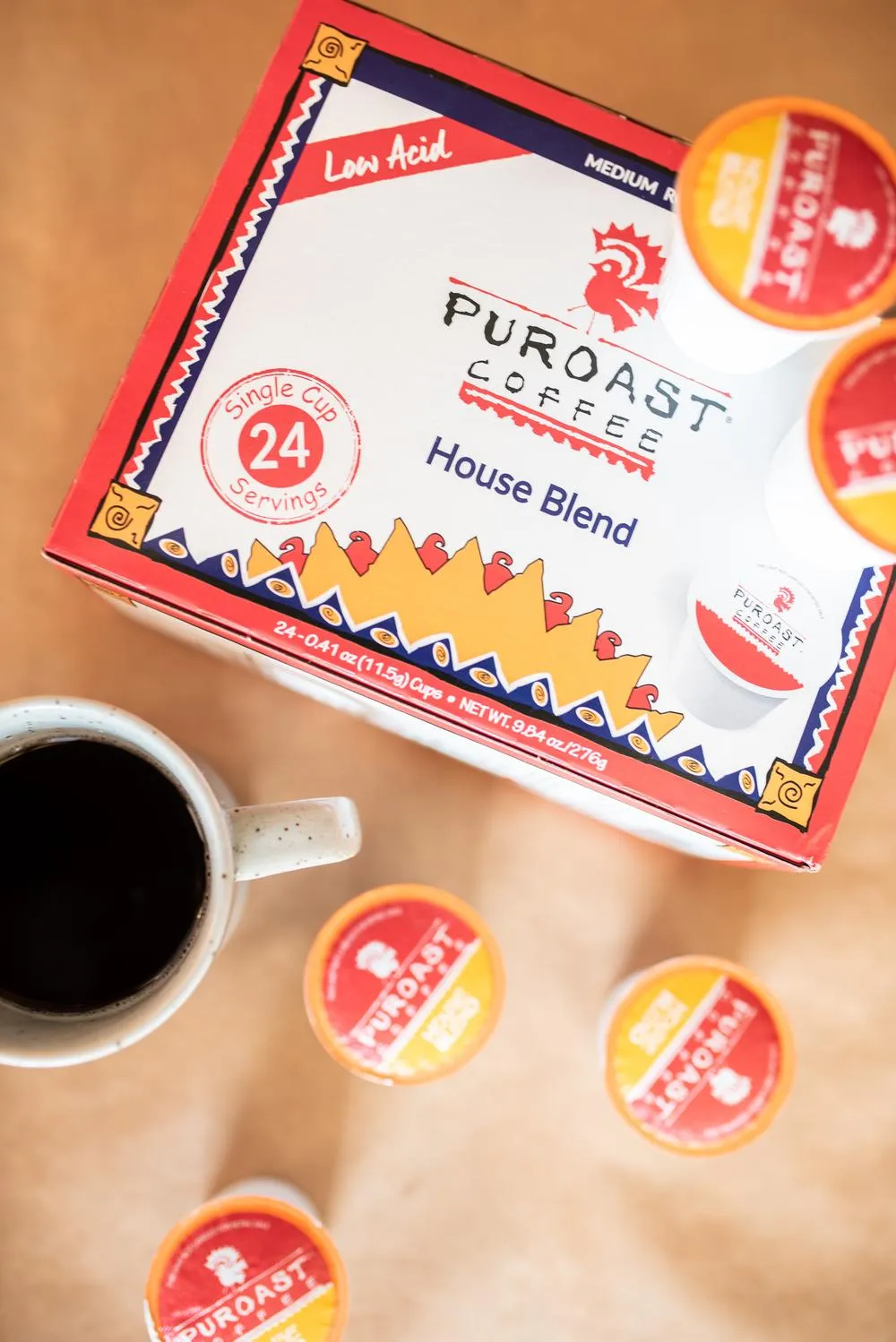
Credit: www.thegerdchef.com
Top Brands Offering Smooth Coffee
Choosing coffee with low acidity can make your mornings gentler on the stomach. Many brands now offer smooth, less acidic coffee. These brands focus on quality beans and special roasting methods. They help reduce acidity without losing flavor. Here are some top brands known for their smooth coffee.
These options suit those who want a rich taste without sharp acidity. You can find a variety of choices, from mild blends to dark roasts. Many also offer organic and fair trade options. This way, you enjoy coffee that is both tasty and responsible.
Popular Low-acid Coffee Brands
Several brands specialize in low-acid coffee. Some well-known names include Puroast, Tieman’s Fusion Coffee, and Volcanica Coffee. Puroast offers a smooth taste with 70% less acid. Tieman’s blends coffee with matcha and rooibos for a unique flavor. Volcanica sources beans from volcanic soil, naturally low in acid. These brands provide options for sensitive stomachs and rich coffee lovers alike.
Organic And Fair Trade Options
Organic coffee is grown without chemicals, often resulting in smoother taste. Fair trade ensures farmers get fair payment and work in good conditions. Brands like Kicking Horse and Lifeboost Coffee offer both organic and fair trade low-acid coffee. These choices support the environment and communities. You get clean, smooth coffee that feels good to drink and buy.
Where To Buy Specialty Brews
Specialty low-acid coffee is available online and in stores. Websites like Amazon and brand-specific shops carry a wide range. Local coffee shops may also stock specialty brews. Farmers markets can be a good place to find fresh, small-batch coffee. Always check for freshness and roast date to enjoy the best flavor.
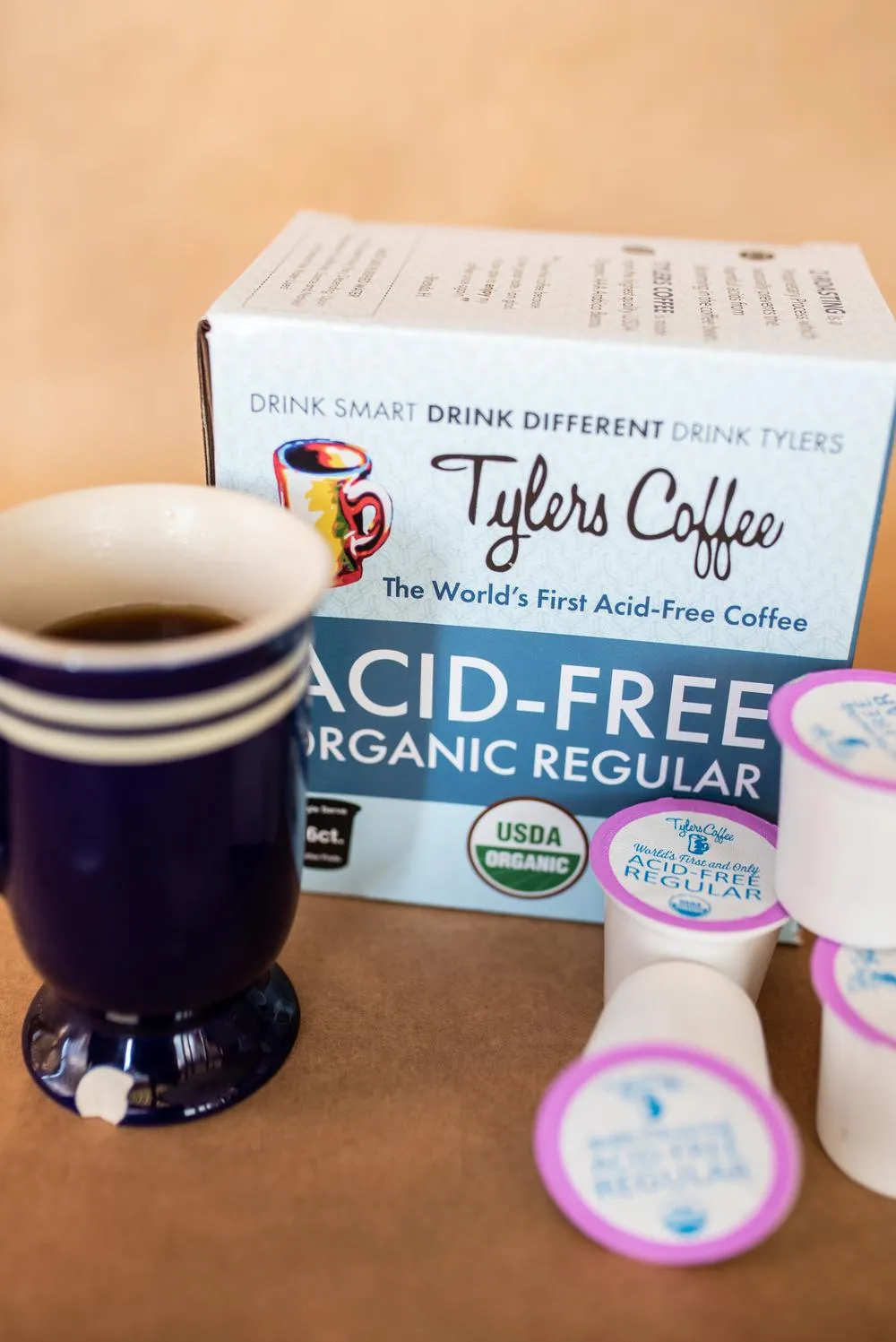
Credit: www.thegerdchef.com
Frequently Asked Questions
Which Coffee Has The Lowest Acidity?
Cold brew and dark roast coffees generally have the lowest acidity. These brewing methods reduce acid content, making coffee gentler on the stomach.
Does Roasting Level Affect Coffee Acidity?
Yes, darker roasts have less acidity than lighter roasts. The longer roasting process breaks down acids, resulting in smoother, less acidic coffee.
Are Arabica Or Robusta Beans Less Acidic?
Robusta beans are typically less acidic than Arabica beans. However, Arabica offers more complex flavors despite higher acidity.
Can Brewing Methods Lower Coffee Acidity?
Yes, cold brewing and using a French press reduce acidity. These methods extract fewer acidic compounds, yielding a smoother taste.
Conclusion
Choosing less acidic coffee helps protect your stomach and teeth. Dark roast and cold brew usually have lower acid levels. Arabica beans tend to be gentler than robusta beans. You can enjoy coffee without discomfort by picking the right type.
Remember, water quality and brewing method also affect acidity. Try different options to find what suits you best. Enjoy coffee that tastes good and feels good too.
